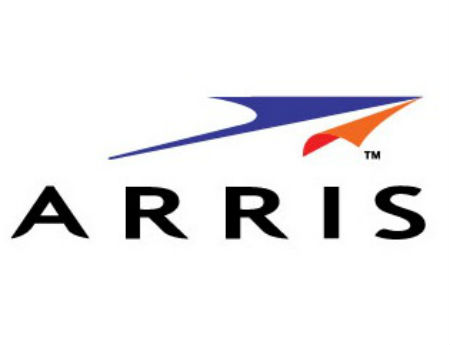Arris Braces For Customer Consolidation

While 2014 is shaping up to be a good year for Arris, the company’s top exec reiterated on Thursday’s earnings call that the fourth quarter has historically been “dicey” and difficult to project, a situation that could be amplified by the wave of M&A activity occurring among some of its biggest customers.
That group includes Comcast and Time Warner Cable, which are set to merge, AT&T, which is trying to acquire DirecTV, and Charter Communications, which is involved in complicated system acquisition and swap deal with Comcast that is contingent on its pending TWC deal. A wild card of sorts is "SpinCo," a new cable company with 2.5 million subs that will be spun off from Comcast after Comcast closes its TWC transaction.
“I think we could see some disturbance in the business shortly before and after these deals close,” Arris chairman and CEO Bob Stanzione said.
But he believes that any disturbance will be temporary, and expects capex to rise following those coming M&A-driven reorganizations. “So I think it's a relatively positive statement, and just a cautionary point in terms of maybe some quarter-to-quarter fluctuation that may occur,” Stanzione said.
In the meantime, analysts on the call expressed concern about expected slowness in Arris’s set-top business in the third quarter. Arris’s now expects third quarter revenue in the range of $1.37 billion to $1.41 billion, just below Wall Street expectations of $1.42 billion. Shares in Arris slipped about 10% in after-hours trading on Thursday.
Regarding concerns about a potential slowdown of its set-top business in the third quarter, Larry Robinson, the corporate VP and GM of Arris’s Home Devices unit, noted that Arris has been able to achieve “very strong share positions” with certain customers, but that’s matched with an expectation that those customers also introduce new products and tend to spread the wealth and source those products from other suppliers.
“We may see quarter-to-quarter fluctuations as it relates to our market share,” he said. “When I look out going into 2015, I'm very confident in our ability to continue to grow that share when I look at the number of engagements that were involved with customers.”
The smarter way to stay on top of the multichannel video marketplace. Sign up below.
Solid Q2
But Arris’s second quarter results were solid, as the company earned 26 cents per diluted share on revenues of $1.42 billion, versus year-ago revenues of $1 billion, a figure that excluded estimated sales of about $66 million from Motorola Home prior to Arris’s acquisition of the company last April. Revenues were up 17% on a sequential basis.
CPE segment sales were up 14% versus the first quarter, while set-top and video gateway unit shipments (excluding digital terminal adapters) grew 8%, thanks in part to Verizon’s aggressive rollout of a six-tuner HD-DVR/server and client boxes that are the centerpiece of the telcos's new Quantum TV offering.
Arris also shipped record levels of DOCSIS and DSL broadband CPE.
On the network side, overall port shipments for its new CMTS/CCAP flagship, the E6000, rose 80% versus the first quarter. Arris has also launched its CORWave 3 platform, a high-density transmitter that will expand spectrum to 1.2 GHz and help MSOs prepare for future rollouts of DOCSIS 3.1, a CableLabs spec that envisions multi-gigabit capacities.
Though estimates vary, D3.1 trials among early adopter MSOs are expected to reach the trial stage in 2015, with deployments getting underway by 2016.
Arris also alluded to some PON capabilities it is integrating into its gear for cable’s limited fiber-to-the-premises rollouts.
While most of Arris’s PON gear is sold to Verizon in support of its FiOS platform, the vendor has a “pretty significant effort underway” to bring PON enhancements to its CCAP portfolio and its node product line, Bruce McClelland, president of Arris’s Network & Cloud unit, said.
“It's not a product line we've announced yet, but it's kind of in the process,” he said, noting that it’s a longer-term investment as cable looks to push fiber deeper into the network. Those efforts are “somewhat complementary to where DOCSIS 3.1 goes over time, and an area we're definitely pursuing,” McClelland said.
